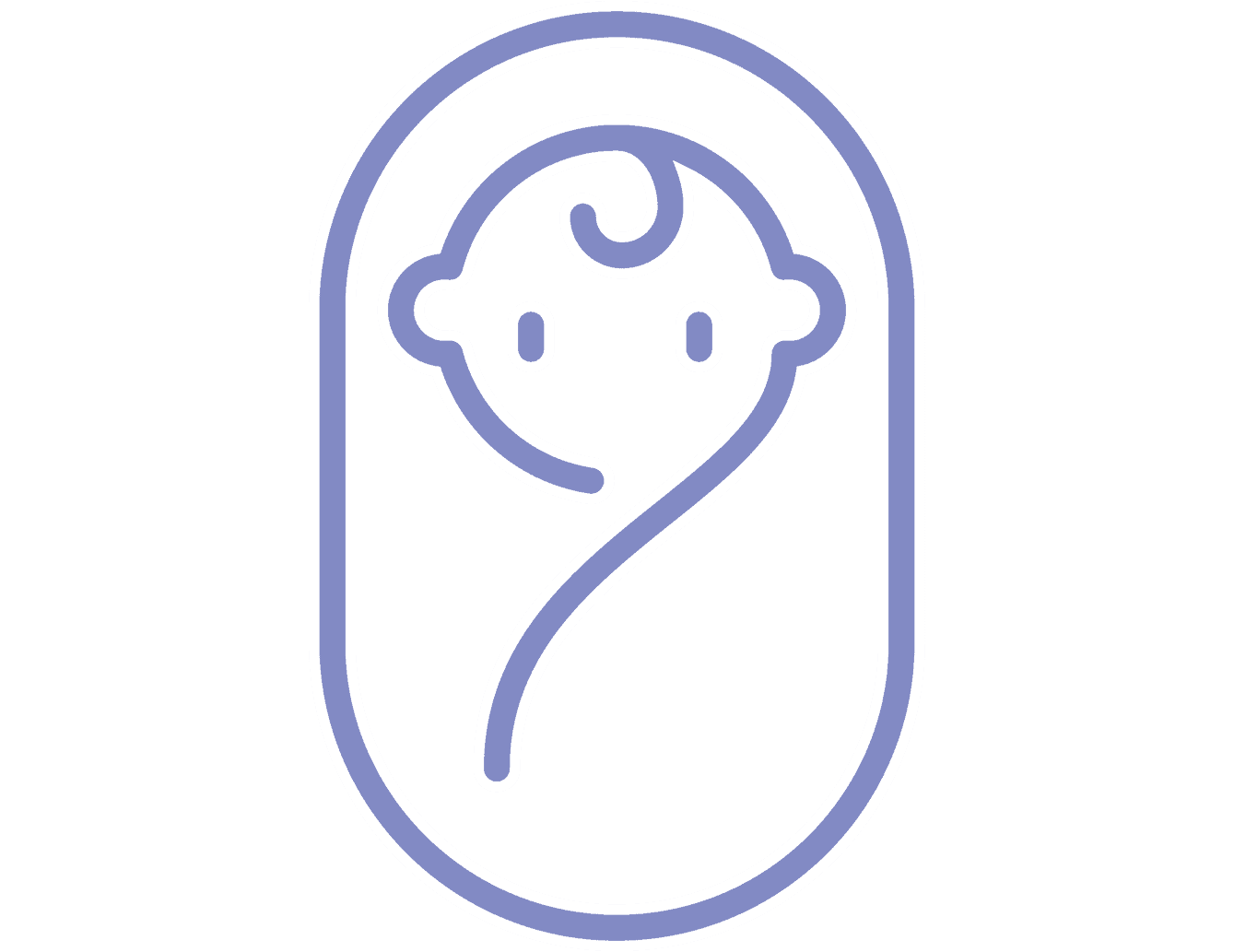In the last several weeks before delivery, your body starts to prepare for your baby’s debut. Your cervix starts to soften and thin out (effacing) and also begins to dilate. The thick plug of mucous that blocked the cervix during pregnancy may fall out. It’s common to see streaks of blood, especially after cervical exams in the office. Losing your mucous plug isn’t a sign that active labor is beginning, so you don’t need to worry when this happens. Labor could happen days or weeks later.
Your body will let you know when baby is on the way. If you experience any of these signs of labor, go to labor and delivery, as planned with your physician:
- If you have regular, painful contractions that have increased in intensity and frequency over time. Generally, contractions should be every 3–5 minutes (lasting 60 seconds) for 1–2 hours before you head to the hospital (if your baby is full-term). Adjust that time frame if you are traveling a long distance to get to the hospital, if you have a history of rapid labor or if your cervical dilation is advanced (typically greater than 3cm).
- If you think you are leaking amniotic fluid, also known as your water breaking.
- If you have any concerns regarding your baby’s movements.
- If you have bleeding in excess of bloody mucous.
Labor and Delivery
Labor and Delivery at Baptist Health is located on the second floor of the Women First office building at 3900 Kresge Way, Louisville.
When you arrive, proceed to the same the entrance you use when visiting our office and go to the second floor; do NOT go through the emergency room. At the hospital, you will be evaluated by the labor nurse, and your Women First Care Team will be contacted.
Baby’s Here!
Once your new baby has arrived, so does a whole set of new questions! Here’s some basic information to get you started on your journey as parents to this beautiful little bundle. Feel free to contact our office with other questions or concerns: 502.891.8700.






